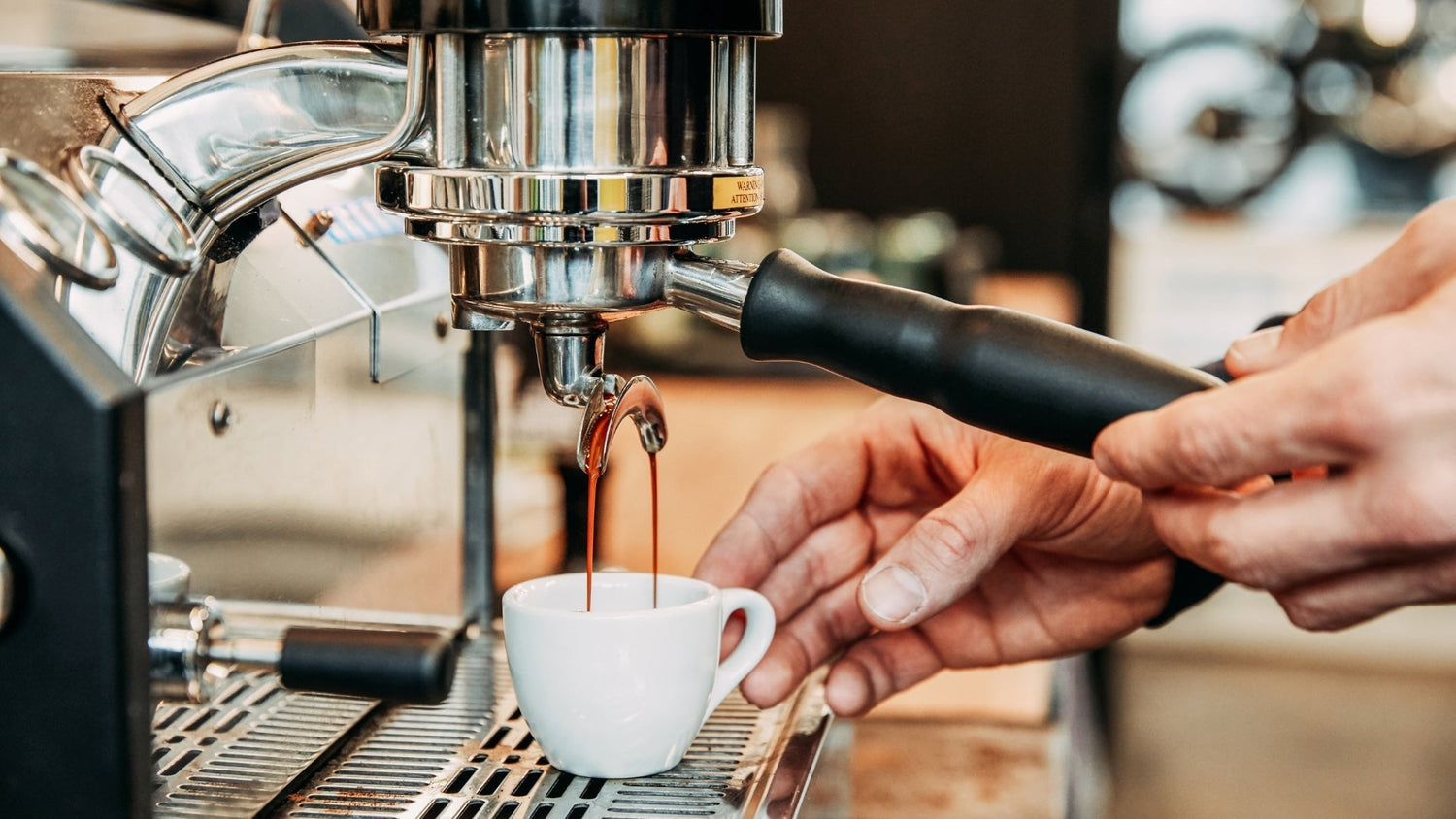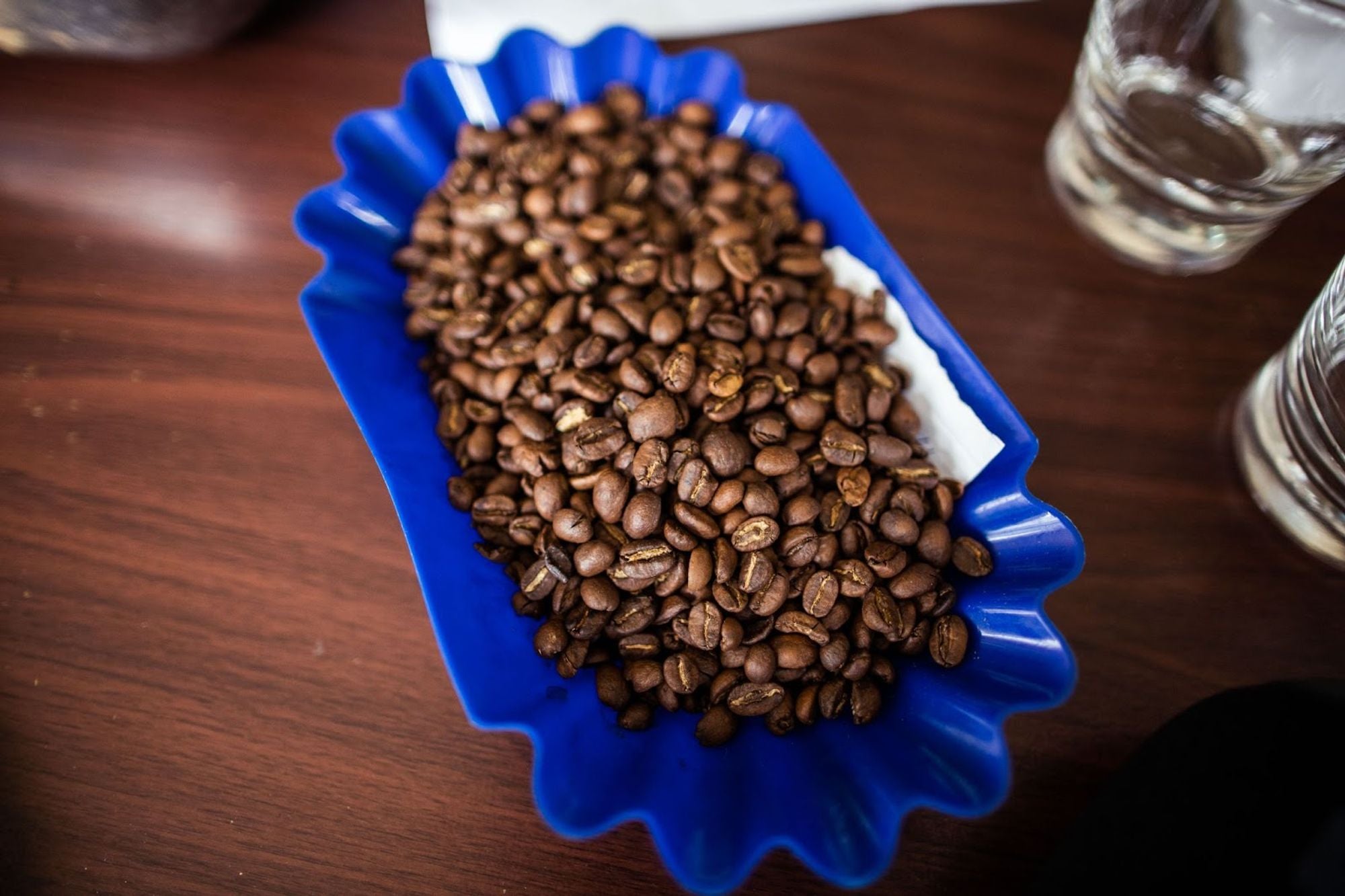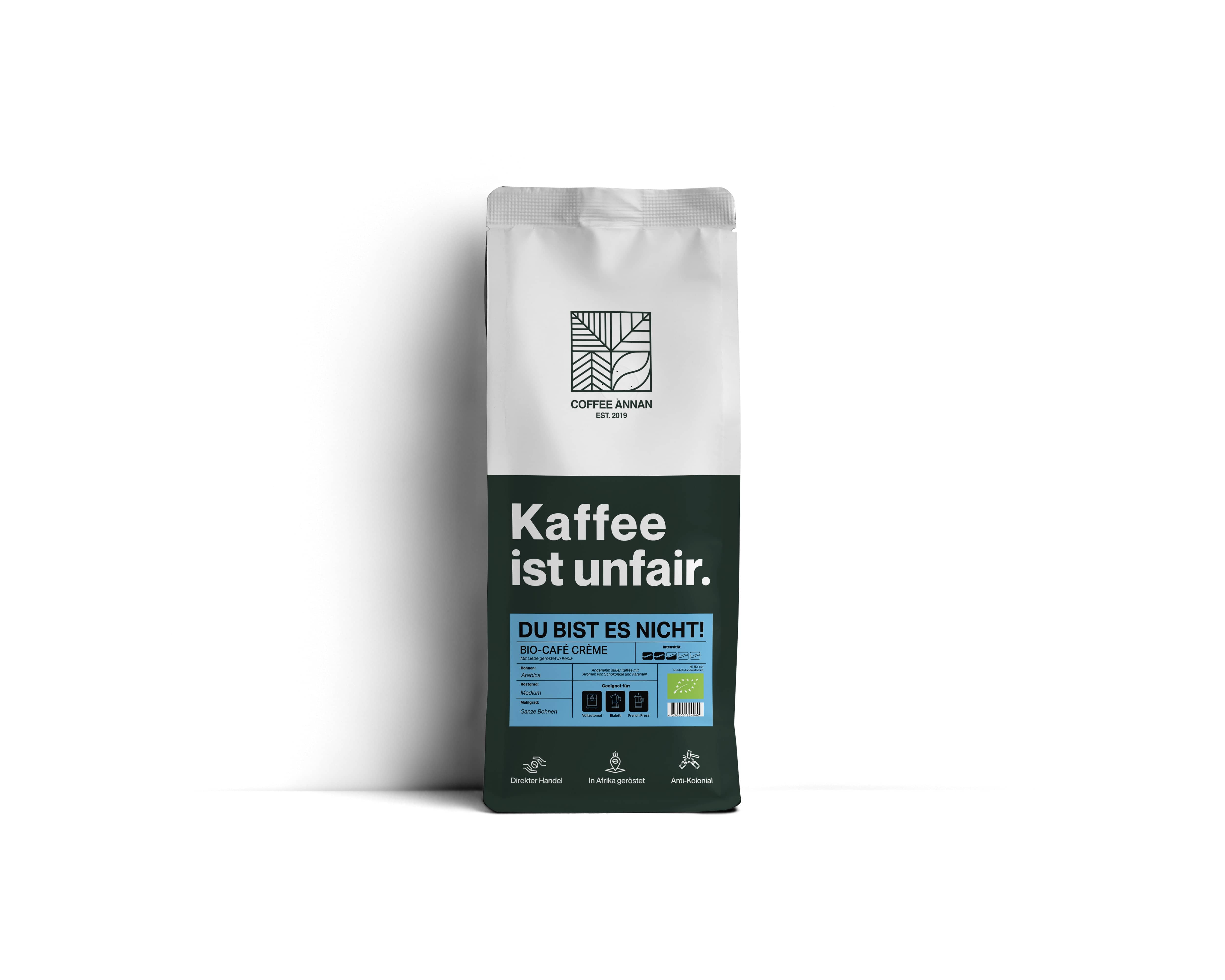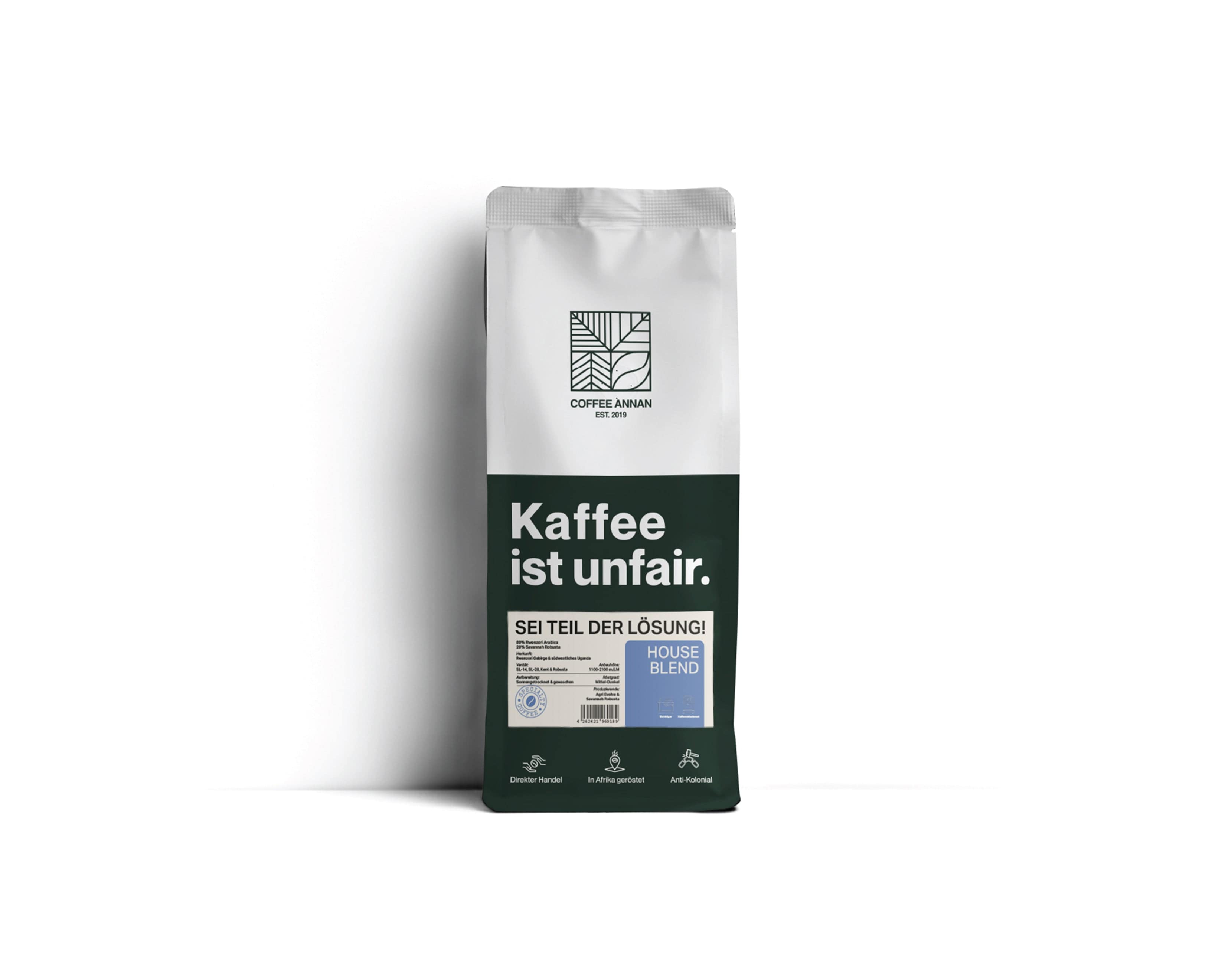A coffee is a drink, a stimulant, and a cherished tradition. The preparation methods are as varied as the many cultures in which this invigorating beverage is enjoyed and celebrated.
Whether brewed with a machine or manually, with milk or just black, extra strong or as an Americano - there really is a suitable preparation method for every taste, enabling us all to enjoy better coffee.
Follow us into the colorful and exciting world of coffee preparation!
Brewing Your Coffee Without a Coffee Maker
Is it even possible to make coffee without a machine? Sure it is! In fact, some of the most efficient brewing methods do not require a machine. These include the French Press, the Aeropress, the Moka Pot, and Cold Brew, to name just a few. These methods are simple and require very few utensils, but allow connoisseurs to brew their cup just the way they like it.
For a while it was all about machines, such as capsule and fully automatic, but we are now experiencing a trend towards simplicity. These days, using a manual coffee maker is becoming increasingly popular again.
This is not surprising because the simple manual preparation has several advantages:
- Simplicity: most methods of preparation with a manual coffee maker are simple and require few utensils. Unlike the more complex machines, they are also often less expensive and much easier to clean.
- Adaptability: more and more people prefer the taste of a manually brewed cup. The taste experience is more individual and often richer and more intense, and you have more control over the taste and aroma. The type of coffee, the brewing time, degree of grinding and the amount of grounds used can be adjusted to prepare your coffee exactly to your taste.
- Portability: another advantage of manual brewing methods is portability. Many methods, such as the French Press or Aeropress, are compact and portable, making them ideal companions for travel or camping so that you can enjoy better coffee while globetrotting.
- Environmental friendliness: less electricity, fewer resources, less waste - when you brew your coffee by hand. You only need to heat some water. That's why manual brewing methods are usually very sustainable.
- The actual brewing experience: And last, but not least, using a manual coffee maker can be a ritualistic experience that enhances your enjoyment even more. It can be convenient to just quickly press a button in passing and instantly have a perfect cup to hand. However, many people really love the ritual of coffee making.
How to Enjoy Better Coffee: With Full Immersion or Pour Over?
These terms refer to time-honored methods. Let us explain the differences and advantages and disadvantages of those two well-known preparation methods.
Pour Over is pretty self-explanatory. If you’re now thinking of good old drip coffee, you're right on the money. The trendy hand filter methods work according to exactly the same principles as grandma's manual drip coffee.
The preparation is simple: place the filter on the cup or pot, insert filter paper or another filtering device, add fresh grounds, pour on hot water and wait.
Even though the principle of Pour Over is always the same, there are many different methods of preparing drip coffee these days. The size and material of the pot can vary, and - more importantly - the type of filter. The current trend focuses on recyclable filters, while disposable paper filters are getting less popular.
The pour over method is known for its clear and clean taste. The water flows slowly through the grounds, filtering it evenly in this way. This produces a coffee that is aromatic but not too bitter. However, this method requires a certain amount of skill and time to ensure that you’ll be able to enjoy better coffee. You need a grinder, a hand filter and special filter papers, which makes it a bit more complex and expensive than the full immersion method.
The full Immersion method, as used in Turkish coffee or the Cold Brew method, is generally easier and faster than the Pour Over method. The grounds are added directly to the water, giving them a longer contact time with the water, which enhances the flavor. The full immersion method is ideal for brewing strong and powerful coffee drinks. One disadvantage of this method is that it introduces more oils and sediment into the coffee, which can quickly lead to a slightly bitter, strong and cloudy drink.
For fans of aromatic coffee that is not overly strong, the pour over method is the better choice. On the other hand, if you prefer a full-bodied and particularly strong coffee, the full immersion method is ideal.
Traditional Hand-Brewed Coffee Drinks
Greek and Turkish coffee are both prepared in the traditional Turkish coffee pot. In this method, very fine grounds are mixed with water and, usually, quite a bit of sugar, and briefly boiled on a hot plate or over an open fire. The moka is then poured into small cups, along with the grounds. This means that you now have to be patient for a few minutes until the grounds settle, but afterward you can use them to read the future.
Another exotic specialty is Arabic coffee with cardamom. The grounds are prepared with ground cardamom pods and water in a special coffee maker that is very similar to the Turkish coffee pot, and then served in small cups.
Coffee Preparation With a Machine
This is a convenient option preferred by many coffee drinkers, especially in their hectic everyday life. The most common methods are:
- Coffee pods or capsules: Although this trend has suffered a slump in recent years, this convenient method still enjoys great popularity, especially for a quick cup on the go. Here, hot water is pressed through the pad or capsule fully automatically by the machine.
The downside is that the capsules are often more expensive than other options. The environmental impact is also perceived as particularly negative by many consumers.
Some coffee manufacturers have now responded to this by offering biodegradable coffee capsule options. Coffee Annan offers capsules made of wood as an environmentally conscious alternative.
- Portafilter: The espresso machine - the classic Italian coffee maker. This method is particularly popular with coffee lovers. In this method of pressure brewed coffee, hot water is forced through the grounds under pressure, and they only come into contact with the hot water for a very short time. This is one of the reasons why espresso is considered to be very gentle on the stomach.
The downside here is that the initial cost of a portafilter machine is relatively high, and it takes quite a bit of practice before you can enjoy your better cup of coffee.
- Fully automatic machines: This type of machine can be considered a combination of the pod machine and a portafilter. The coffee enters the machine via the grinder and is then automatically prepared by the machine. These fully automatic machines conjure up various specialties at the touch of a button, even with milk foam
How to Make Good Coffee With Milk
A lot of people love their coffee with milk. Cappuccino and latte macchiato are among the best-known and most popular. But if you think that's all there is, you're really wrong.
There are many variations, for example the classic Viennese melange or the trendy flat white.
The Flat White: In Australia, English tea culture met Italian espresso culture and so the flat white was born, and is now becoming increasingly popular worldwide. Here, a double espresso is served with lightly frothed milk. It is very similar to the cappuccino, but the milk foam is more liquid and there’s more espresso in your cup. The exact ratio can vary from one barista to the next.
Viennese Melange: The Viennese melange is the most popular drink in Austria. The melange is half coffee and half milk, with a little milk foam topping.
Franziskaner: this Austrian specialty is less well-known. The franziskaner is prepared like the Melange, but served with a whipped cream topping.
Espresso Macchiato: From Austria to Italy. Espresso macchiato is an espresso served with just a hint of frothed milk in an espresso cup.
Delicious Vietnamese Coffee
If you don't know Vietnamese coffee, you’re really missing out. We’ll reveal how to make it and what makes it so special.
The French introduced coffee to Vietnam about 100 years ago, and what the locals there have made of the hot beverage is truly unique.
Also known as "Cà phê đá," this beverage has gained a growing following around the world for its creamy texture and unique flavor.
"Cà phê đá" is made using a special method in which coarsely ground beans are placed in a small metal strainer, which is placed on a cup and hot water is poured over it. That's right, it is a pour over method.
The highlight is the use of sweetened condensed milk. The coffee is also usually poured over ice and served as a refreshing, creamy-sweet drink.
Coffee Trends: Preparing Hip Creations the Right Way
The methods of preparation are as versatile as the people always searching to enjoy another, better coffee. The Coffee crowd is always eager to experiment - ever tried your cup with toppings or syrup as a tasty sugar substitute?
The additions of superfoods or other beverages are the latest craze. Take the popular Bulletproof Coffee, for example, which has added high-quality butter and MCT oil (medium-chain triglycerides). The idea behind this is that these ingredients provide more nutrients and energy and also ensure that the caffeine is released more slowly in the body.
The issue of sustainability and fair trade is also gaining importance. Providers of fair trade beans like Coffee Annan place special emphasis on fair and sustainable farming.
Vegan milk alternatives such as soy milk, oat milk or rice milk are also finding more and more followers and are increasingly being offered as milk substitutes, even in cafés around the world. Just think of the famous soy latte!
The 7 Most Popular Ways to Prepare Coffee
It’s debatable which is the best brewing method, but we would like to present the 7 most popular ones at a glance:
- The hand filter: one of the real golden oldies. The basic hand filter is back in fashion.
- Moka pot: the classic Italian coffee maker. It’s easy to use; and produces strong and often slightly bitter espresso.
- The drip coffee maker: the most well-known method and a true classic.
- French Press: Recently rediscovered.
- The fully automatic coffee maker: The all-rounder among the machines.
- Portafilter or espresso machine: Many people believe that preparing coffee with a portafilter is the only acceptable way. These days, more and more private households splash out on the expensive machine to enjoy better coffee
- AeroPress: The AeroPress is a relative newcomer on the scene, which basically combines the French press and the drip coffee maker.
How To Make the Best Coffee? Our Top Tips
There are many factors that go into making our beloved coffee great. Here are our top tips to bear in mind so that your coffee tastes as good at home as it does in a café:
- High-quality beans: Always choose high-quality beans that suit your taste.
- Use fresh ground instead of bought grounds: it's best to grind the beans immediately before brewing, so they don't lose flavors due to long storage. Be sure to adjust the grind setting according to the method of preparation. Depending on the method, the grind varies from fine for espresso to coarse for French press.
- The correct dosage: Measure the amount of beans you use for the preparation. The rule of thumb is 7 to 9 grams of grounds per cup, depending on your preference.
- Water quality: Please use soft water with low lime content to enhance the taste and ensure that your machine doesn't calcify.
- Water temperature: The ideal water temperature is between 194 °F and 205 °F. Use a thermometer to check the water temperature. If the water is too hot, the coffee will be scalded and taste bitter.
- Brewing time: Depending on the type of preparation, the brewing time varies. For drip coffee, the brewing time should be between 4 and 6 minutes, while for espresso, the brewing time is only 25 to 30 seconds.
- Hygiene: Clean your coffee maker and pots regularly to remove residue and prevent the buildup of bacteria.
By following these tips, you can enjoy better coffee at home.
Choice of Beans
No matter which brewing method is your favorite, the quality of the beans is always crucial for the result. After all, making a good cup of coffee inevitably starts with the best beans. Look for fair trade coffee because ultimately, the taste is not the only parameter of high quality, but also the circumstances under which the beans were produced. Coffee Annan stands out for its particularly fairly produced and traded coffee.
Have fun exploring and experiencing your favorite method of brewing!












